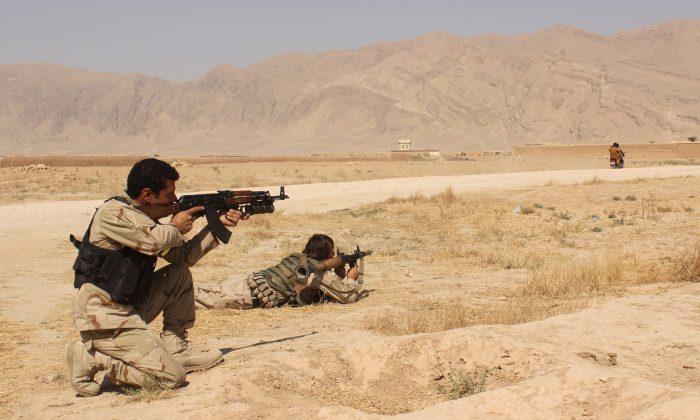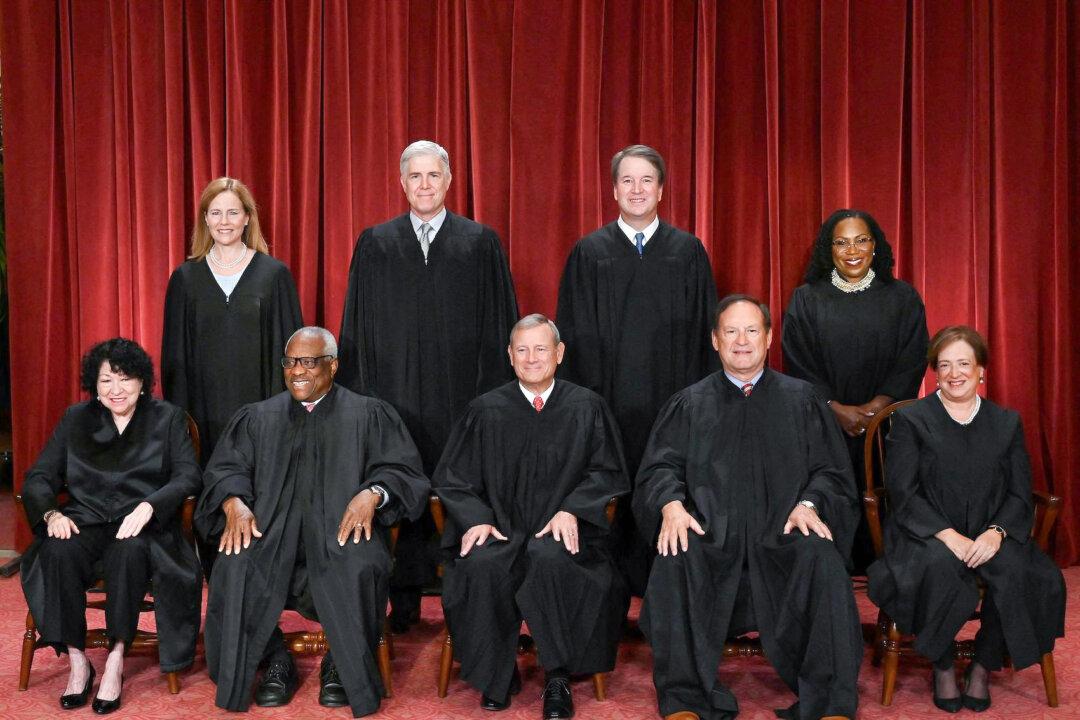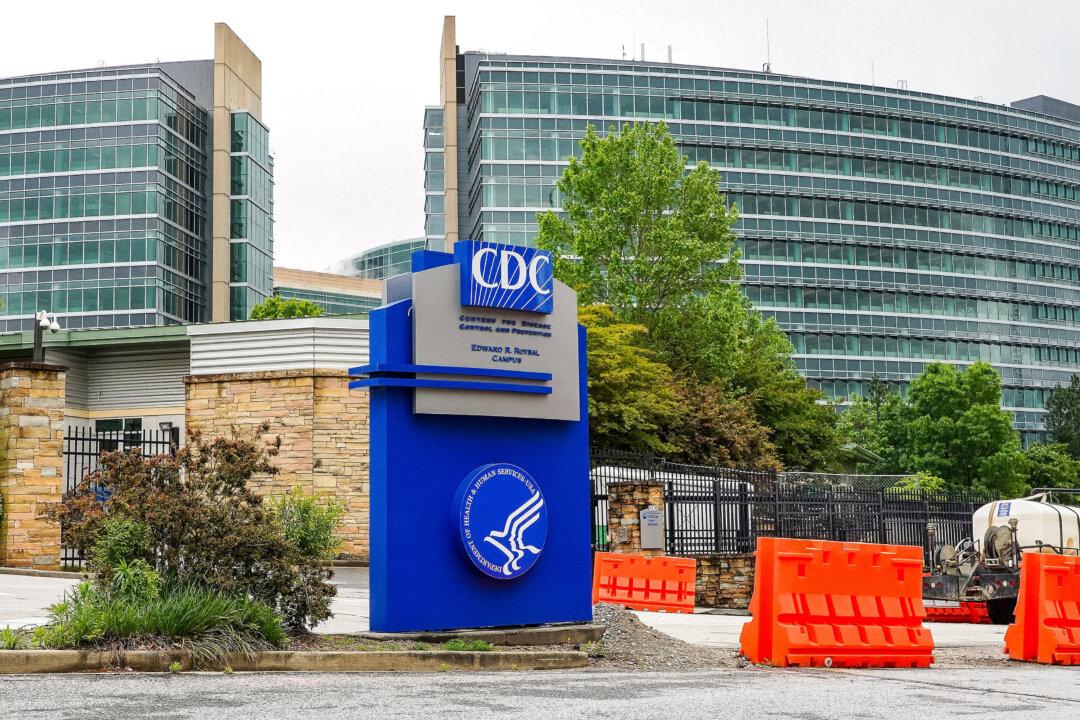Seeming to validate President Barack Obama’s recent announcement to keep thousands of U.S. troops in Afghanistan, the Taliban took over yet another region in Afghanistan and now controls about one-tenth of the country’s districts.
Earlier in October, Obama announced the United States would keep a minimum of 5,500 troops in Afghanistan until 2017, drawing down from 9,800 in 2016, in what was likely his last decision on the 14-year war. This means the next president will have to make difficult choices on what to do next.
This year hasn’t been a good one for Afghanistan. Kunduz, a major city, fell to Taliban terrorists in September before the Afghan army recaptured it. Human rights activists said the Taliban was up to its old tricks, pillaging and looting the countryside. This has all been well documented, but it appears that media reports about the steady fall of territories throughout the nation haven’t kept up.
On Wednesday, the Taliban claimed a district in northern Afghanistan, overrunning the district center of Darqad in Takhar Province, according to the Long War Journal. The Taliban issued propaganda on its official website, Voice of Jihad, saying Darqad is now under its control.
Takhar was one of several northern provinces impacted by the huge earthquake earlier this week, killing hundreds in Pakistan and Afghanistan. It’s unclear if Darqad was directly affected.

At the same time, the Taliban lost control of two districts, according to Afghan officials. But overall, the Taliban has stormed through the Afghan north, and it now controls about 35 districts out of the country’s 398. The Journal, in a report earlier this week, said about half of the country’s districts face a “high” or “extreme” threat by the Taliban.
When the Taliban took over Kunduz, severe human rights abuses were carried out by “death squads,” including house-to-house searches and gang rapes. Amnesty International said fighters “raped and killed numerous civilians,” suggesting the terrorist organization hasn’t changed much in the past decade.
US Future in Afghanistan
One reason why the United States decided to keep troops on the ground may have to do with Afghan public opinion. A poll taken earlier this year found that 92 percent of Afghans prefer the current government to the Taliban. Meanwhile, the poll found that 8 out of 10 Afghans support the presence of American troops in the country. Two-thirds favored a long-term role for the U.S. and other forces to stay, and the Afghan government asked Washington to play a greater role.
The next president, when he or she takes office in early 2017, has several choices, which include continuing with the same troop deployment at a cost of around $15 billion per year. Currently, troops are deployed around the capital, Kabul, and help run a training base in Afghanistan while advising the Afghan army.
The new president could go along with Obama’s original plan to reduce the military to 1,000 troops, which would mainly be stationed around the Kabul embassy at a cheaper cost. With the recent Taliban gains, this would be a risky maneuver.
The Long War Journal’s Bill Roggio and Thomas Joscelyn argued in a recent editorial that 5,500 troops isn’t enough to resist the Taliban.
“We don’t think 5,500 troops is enough,” their article stated. “No one is calling for a full-scale occupation of the country. But a force of as many as 20,000 to 25,000 would far better support our local Afghan allies, helping them defend multiple provincial capitals at the same time and fight al-Qaeda and the Taliban in their strongholds.”
The Taliban, since its inception decades ago, is prepared to fight a decades-long insurgency, they added.
“Al-Qaeda and like-minded groups [like the Taliban] were founded on the myth that the Soviet Union was defeated in Afghanistan because of the mujahedeen’s faith in Allah alone,” they wrote, and if the Afghan government loses more territory, it “will feed the Taliban’s and al-Qaeda’s violence for years to come.”





